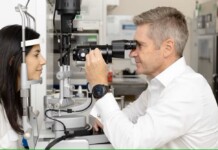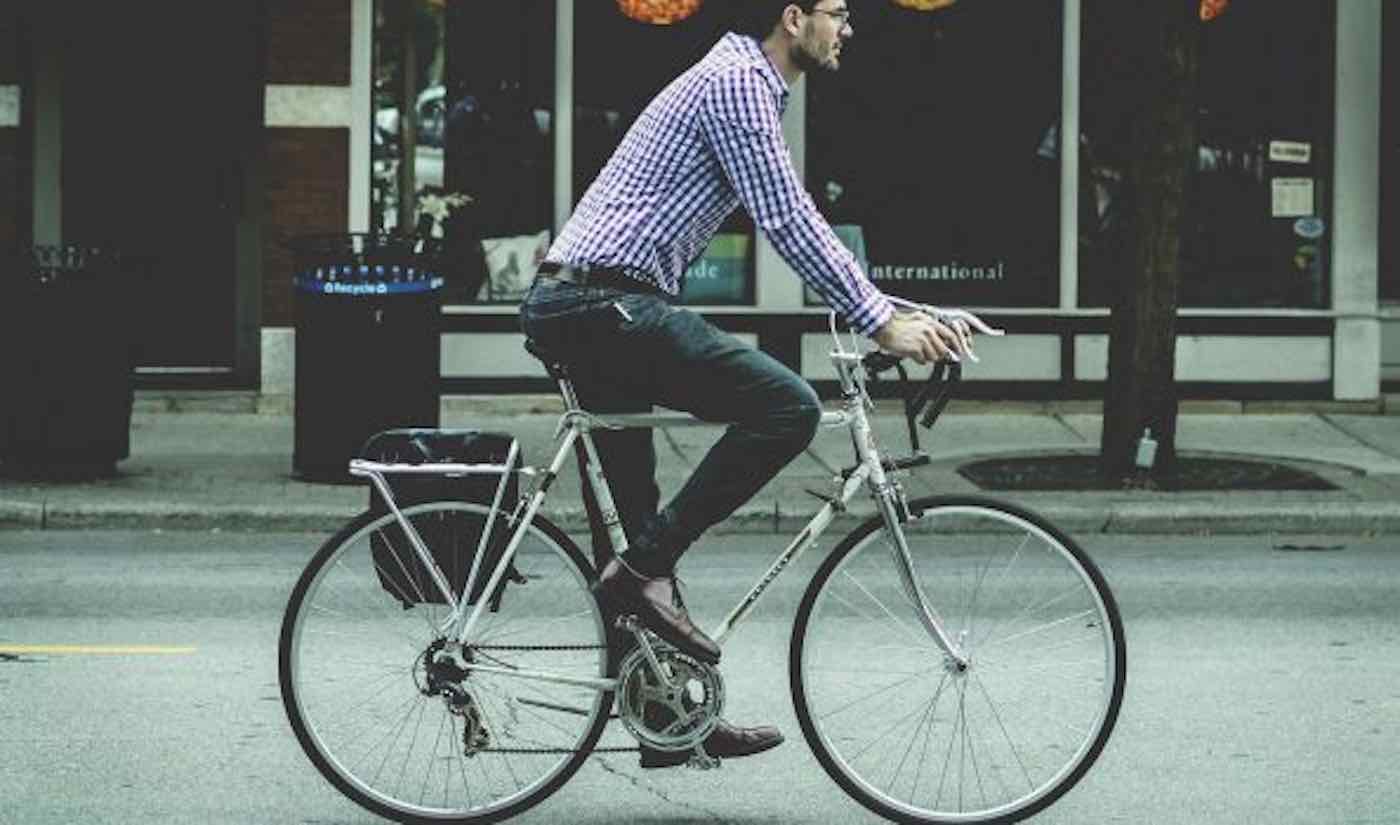A study of over 300,000 commuters in England and Wales has found that those who walk, cycle, and travel by train to work are at reduced risk of early death or illness compared to those who commute by car.
The researchers from Imperial College London and the University of Cambridge say the findings suggest increased walking and cycling post-lockdown may reduce deaths from heart disease and cancer.
The study used data from the UK Office for National Statistics Longitudinal Study of England and Wales—a dataset that links data from several sources including the Census of England and Wales, and registrations of death and cancer diagnoses—to track the same people for up to 25 years, between 1991-2016.
The data, published in Lancet Planetary Health, revealed overall that 66% of people drove to work, 19% used public transport, 12% walked, and 3% cycled. Men were more likely than women to drive or cycle to work, but were less likely to use public transport or walk.
RELATED: Survey Finds Working From Home Has So Many Benefits, 48% of Workers Would Take Pay Cut to Continue
The researchers found that, compared with those who drove, those who cycled to work had a 20% reduced rate of early death, 24% reduced rate of death from cardiovascular disease (which includes heart attack and stroke) during the study period, a 16% reduced rate of death from cancer, and an 11% reduced rate of a cancer diagnosis.
Walking to work was associated with a 7% reduced rate in cancer diagnosis, compared to driving. The team explain that associations between walking and other outcomes, such as rates of death from cancer and heart disease, were less certain. One potential reason for this is people who walk to work are, on average, in less affluent occupations than people who drive to work, and more likely to have underlying health conditions which could not be fully accounted for.
The paper also revealed that compared with those who drove to work, rail commuters had a 10% reduced rate of early death, a 20% reduced rate of death from cardiovascular disease, and a 12% reduced rate of cancer diagnosis. This is likely due to them walking or cycling to transit points, although rail commuters also tend to be more affluent and less likely to have other underlying conditions, say the team.
LOOK: Training for Your First Marathon ‘Reverses’ Aging of Major Blood Vessels on Par With Medication
“As large numbers of people begin to return to work as the COVID-19 lockdown eases, it is a good time for everyone to rethink their transport choices,” said Dr. Richard Patterson from the MRC Epidemiology Unit at the University of Cambridge, who led the research. “With severe and prolonged limits in public transport capacity likely, switching to private car use would be disastrous for our health and the environment. Encouraging more people to walk and cycle will help limit the longer-term consequences of the pandemic.”
The study also assessed whether the benefits of each mode of travel differed between occupational groups and found that potential health benefits were similar across these groups.
Dr. Anthony Laverty, senior author from the School of Public Health at Imperial College London explained: “It’s great to see that the government is providing additional investment to encourage more walking and cycling during the post-lockdown period.
CHECK OUT: These are the 3 Most Promising Longevity Supplements From Scientific Research So Far
“While not everyone is able to walk or cycle to work, the government can support people to ensure that beneficial shifts in travel behavior are sustained in the longer term,” he added. “Additional benefits include better air quality which has improved during lockdown and reduced carbon emissions which is crucial to address the climate emergency.”
The team add that the benefits of cycling and walking are well-documented, but use of Census data in this new study allowed large numbers of people to be followed up for a longer time. They explain that these analyses were unable to account for differences in participants’ dietary intakes, smoking, other physical activity or underlying health conditions. However, they add these findings are compatible with evidence from other studies.
Reprinted from University of Cambridge
Pedal The Good News Over To Your Friends By Sharing This To Social Media…





















I would venture that those that drive have higher blood pressure and stress during the time they ARE driving and that can’t be good either. rail is likely the least stressful. Walking and cycling are exercise, cycling being the most aerobic.